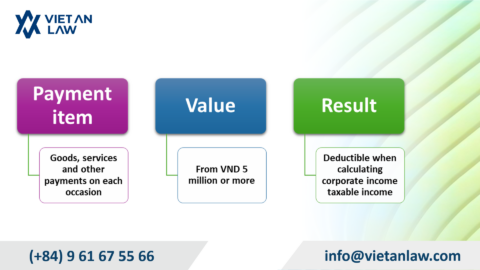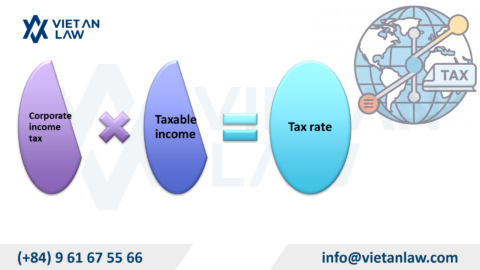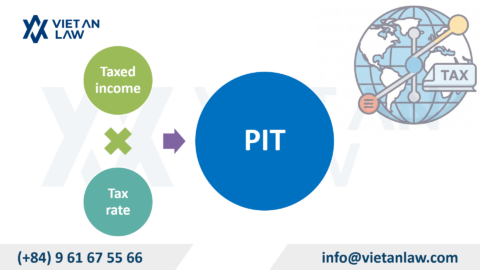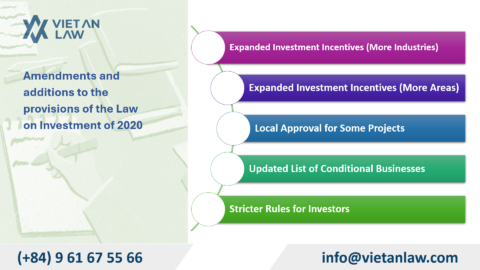Inventory accounting is one of the important stages in the commercial enterprise model. The timely, complete and accurate reflection of the quantity and value of inventory will help businesses optimize profits and limit risks in production and business. Let’s learn about inventory accounting methods & inventory price calculation with Viet An tax agent in the article below.
Table of contents
To understand the methods of inventory accounting & calculating inventory prices, we first need to dive into the concept of inventory:
According to VAS 02 accounting standards, inventories are assets that fully meet the following 3 criteria:
There are 2 methods of inventory accounting:
| Regular declaration method | Periodic inventory method |
| It is a method of regularly and continuously systematically monitoring and reflecting the situation of import, export and inventory of materials and goods on accounting books.
– Characteristics: All fluctuations (imports, exports) and existing quantities of HH materials are reflected on the accounts of supplies and goods (A/C 151, 152, 153…). The value of materials and goods shipped out of the warehouse is determined at any time in the accounting period. – At the end of the accounting period, the actual inventory of supplies and goods in stock shall be compared with the inventory data in the accounting books. Advantages: Regularly and continuously monitor and reflect the situation of IMPORT, EXPORT, INVENTORY on accounting books |
It is an accounting method based on the actual inventory results to reflect the value of supplies and goods in inventory at the end of the period on the accounting books.
– Characteristics: Failing to regularly and continuously reflect arising operations. All fluctuations in increase and decrease (import and export) of goods and supplies shall be monitored on A/C 611- Purchase. Accounts for supplies and goods (A/C 151, 152, 153, …) only reflect the situation of existing supplies and goods at the beginning and end of the period. The value of supplies and goods exported in the period is determined once at the end of the period based on the results of the inventory of supplies and goods at the end of the period. Physical inventory, from which it determines: – Inventory Value Inventory at the end of the period – The value of goods exported in the period. |
End of period value = Value of end of period = Value of stock at the beginning of the period + Value of stock imported in the period – Value of stock output in the period
Output value in the period = Outstanding value at the beginning of the period + Value of output at the end of the period – Value of output at the end of the period
According to VAS 02, there are currently 3 methods of calculating the ex-warehouse price:
Based on the quantity of ex-warehousing in which lot and the actual unit price of that lot, the actual cost value of ex-warehousing materials shall be calculated
Actual value of out-of-stock capital in the period = Number of goods exported in the period x Average unit price
The average unit price is calculated for each type of material
This method is based on the assumption that which goods are imported first will be exported first, and the export unit price is equal to the import unit price. The value of inventory at the end of the period is calculated according to the unit price of the last imports.
Above, Viet An tax agent has listed the methods of inventory accounting & inventory price calculation to readers. Hopefully, you in the profession will have more useful knowledge in calculating ex-warehousing prices as well as managing warehouses for businesses.




